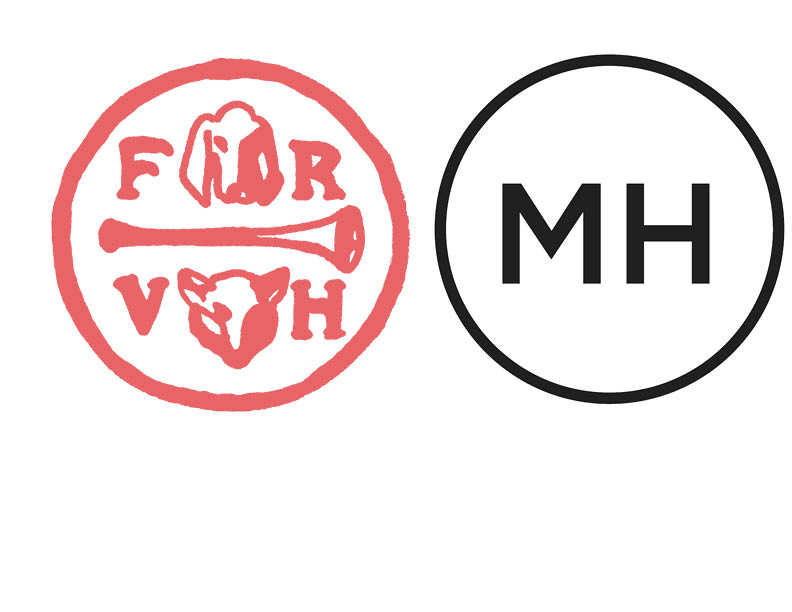COURTESY
There is nothing as exciting as the sound of the pack honoring a line, the huntsman’s horn, the thrill of the chase. It is something very personal for each of us, yet it is also a shared experience that takes a lot of work and cooperation on everyone’s part. The rules of fox- hunting are meant to ensure good sport in a safe way.
If you hack to the meet through country we may be hunting that day, try to be quiet and walk so as not to disturb the quarry.
The Master and staff are responsible for the day’s sport, when you arrive, a polite greeting is all that is necessary.
Respect the Hounds - From the moment the hounds move off, they have the right of way. It is unpardonable to step on or kick a hound. It is worse to do this and not report it to the staff immediately.
Whenever you are near the staff and/or hounds, turn your horse’s head toward them to prevent a random kick.
Be ready to move off at the appointed time.
For your safety and safety of others, keep your horse under control at all times. DO NOT TAILGATE, and maintain the pace set by the Field Master. Do not gallop or move past the horse in front of you without their knowledge and permission before passing.
During checks, the hounds and staff are working. Keep conversation to a minimum.
We are privileged to hunt over a great deal of private property. The staff knows where we have permission to hunt - follow the Field Master at all times. The Hunt Staff may occasionally cut across a field to reach hounds. Do not follow suit. One horse may cause little damage; twenty horses significant damage.
If you must leave early, tell the Field Master. He can tell you where to go to avoid hounds that may follow you and property that we are not allowed to ride on.
Any damage to property or fences should be reported to the Field Master.
Do not sweep out trailers on private property.
Maintain a safe distance - do not crowd at jumps. If you have a refusal, go to the rear. After the third try, look for a gate or gap.
Proper etiquette is necessary for a good, safe hunt that is enjoyed by all.
TURNOUT
Both horses and tack should be clean and presentable. Horses’ manes should be neatly pulled and, on special days - Blessing, Joint Meets - braided.
HUNT ATTIRE
Cubbing and Week Days:
HAT: Black or dark brown hard hat.
COAT: Ratcatcher, tweed (muted colors), or plain, conservative color (other than black).
SHIRT: Cotton shirt (white or colored) with choker, necktie or colored stock tie.
BREECHES: Tan, rust or earthtone breeches or jodhpurs (green, black and blue are not correct).
BOOTS: Brown or black field or dress boots (no brown or patent tops).
Formal attire is not appropriate during cubbing season. Formal Season:
Members without Colors:
HAT: Black hard hat.
COAT: Formal black, dark blue hunt or frock coat (always buttoned); no color on collar.
VEST: Canary or tattersall vest.
SHIRT: White with white stock tie and plain gold stock pin placed horizontally.
BREECHES: Tan, buff, rust or canary.
BOOTS: Dress black (without patent or brown tops).
Gentlemen with Colors:
COAT: Scarlet or black with hunt color on collar and hunt buttons (always buttoned).
VEST: Canary or tattersall.
SHIRT: White with white stock tie and plain gold safety stock pin placed horizontally.
BREECHES: White.
BOOTS: Dress black with brown tops.
Ladies with Colors:
COAT: Black or navy with hunt color on collar and hunt buttons (always buttoned).
VEST: Canary or tattersall.
SHIRT: White with white stock tie and plain gold safety stock pin. BREECHES: Tan, buff, rust or canary.
BOOTS: Dress black with patent leather tops.
BOTH SEASONS:
Hair should be neatly confined. Hairnets are most appropriate. No ribbons or jewelry (with the exception of stock pins) should be visible. No gum or unbuttoned coats. A riding rain coat may be worn during wet weather, muted colors (no plastic jackets). Hunt whip or crop may be carried (never stuck in boot). Gloves should be dark brown or buff leather or string.

